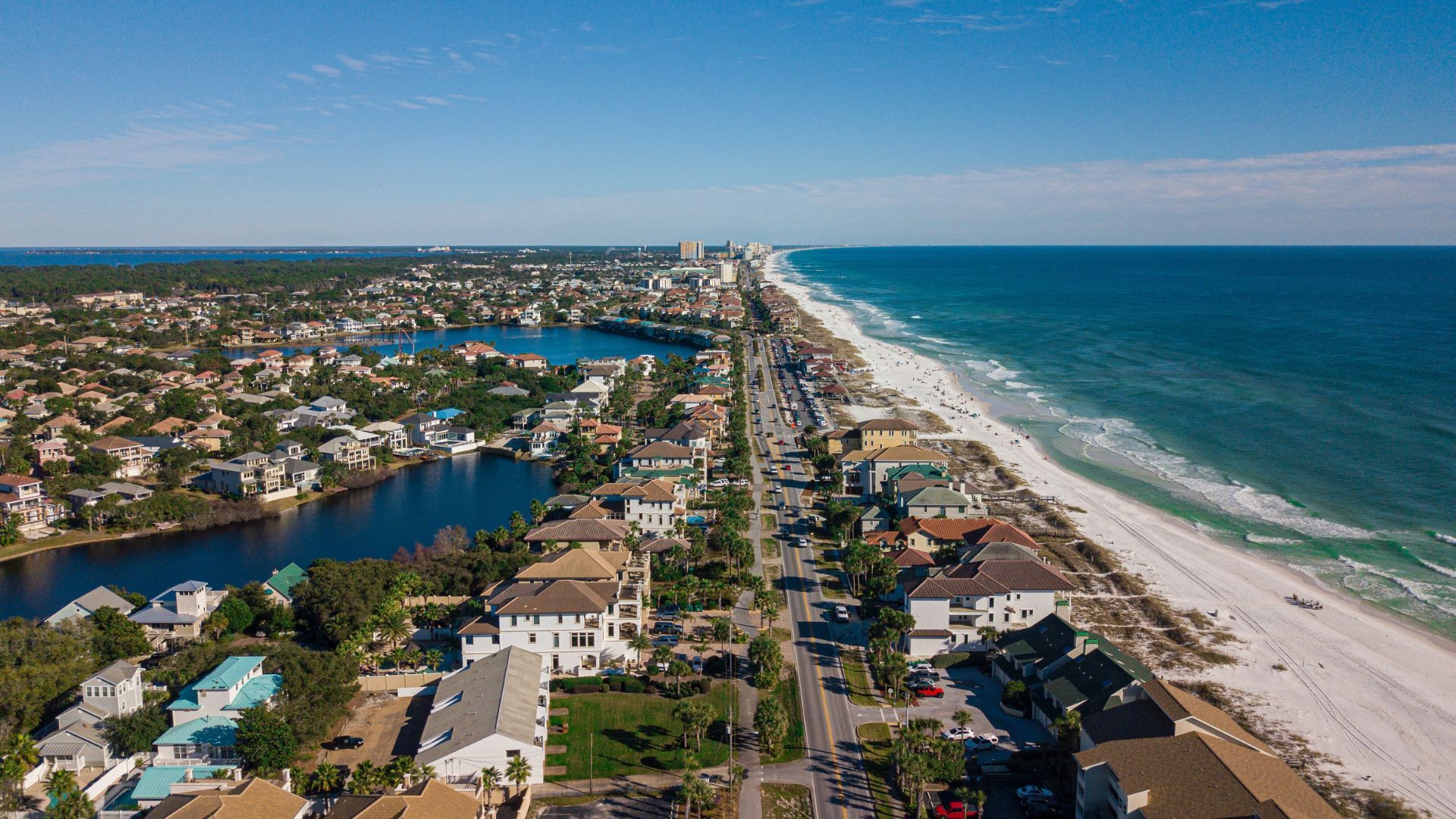Call (727) 784-5555
Minority borrowers struggled in 2020: HMDA
Closed-end originations increased by 65.2% in 2020, according to the latest CFPB report
The mortgage market had a stunning year in 2020, with closed-end originations increasing by 65.2% from the year prior, a Home Mortgage Disclosure Act (HMDA) report published by the Consumer Financial Protection Bureau this week disclosed. But some of the industry’s same problems remained in 2020.
According to the report, comprised of data provided by 4,472 financial institutions, the increase was predominantly driven by the refi wave, with originations jumping from 8.3 million in 2019 to 13.6 million in 2020.
The number of refi loans increased by an astounding 149.1% from 3.4 million to 8.4 million last year and home-purchase loans secured by one-to-four-family properties increased by 387,000, the CFPB’s report found.
But apart from lenders reaping the rewards of an ultra-low-rate environment, troubling trends also persisted, mainly, that Black and Hispanic borrowers paid higher median interest rates and total loan costs compared to non-Hispanic and Asian borrowers, the CFPB said.
CFPB Acting Director Dave Uejio noted in a statement that although the initial observations of the mortgage market in 2020 was welcome news, “Black and Hispanic borrowers continued to have fewer loans [and] be more likely to be denied than non-Hispanic White and Asian borrowers.”
Uejio remarked the nation’s economic recovery post-pandemic “won’t be robust if it remains uneven for mortgage borrowers of color.”
HMDA data revealed that Black borrowers applying for a mortgage had an elevated denial rate of 18.3% last year and Hispanic borrowers had a denial rate of 12.5%. Meanwhile, Asian applicants hovered at a 9.7% denial rate and the denial rate for white borrowers was a mere 6.9%.
Regarding demographics, the share of home purchase loans amongst Black borrowers increased from 6.8% in 2018 to 7.3% in 2020, while the share for Hispanic borrowers was 9.1% in 2020 compared to 8.9% in 2018. White borrowers continued to have a significantly larger share of home-purchase loans at 59.1% in 2020, slightly down from 62% in 2018, the CFPB noted.
In recent months, numerous ideas of how to increase minority homeownership have been floated including a first-time homebuyer assistance bill, changing the way student loan debt is calculated for borrowers applying for an FHA-insured loan (which is now in effect) and lowering the monthly mortgage insurance premium requirement for borrowers. How these initiatives could impact the demographic landscape of borrowers remains to be seen.
Other trends worth noting from the report is that the number of refi loans was notably elevated for Asian borrowers at 6.7% and white borrowers at a whooping 61%.
Additionally, the number of open-end line-of-credit originations, not including reverse mortgages, decreased by 16.6% in 2020, from 1.04 million to 869,00, CFPB’s report said.
Start Your Loan
with DDA todayYour local Mortgage Broker
Mortgage Broker Largo See our Reviews
Looking for more details? Listen to our extended podcast!
Check out our other helpful videos to learn more about credit and residential mortgages.





